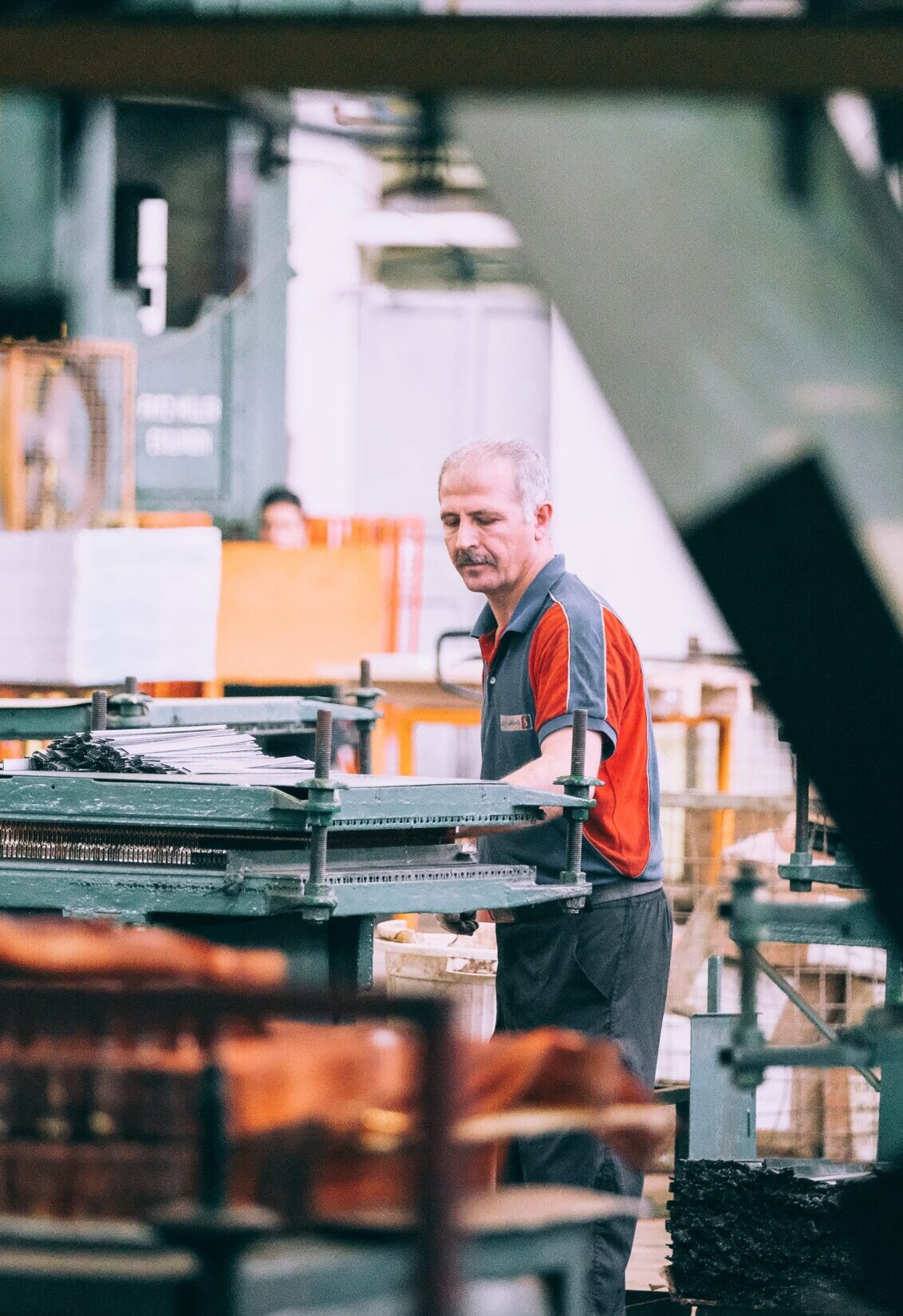 Lean is all about simplification, streamlining, and eliminating waste. What could be bad about that? It has been found to not only improve consistency and operations but also save a lot of money. Every company likes that. But too lean can be just that – too much. Too lean limits the organization’s resilience to forces outside the consistent pattern of business – just like this pandemic.
Lean is all about simplification, streamlining, and eliminating waste. What could be bad about that? It has been found to not only improve consistency and operations but also save a lot of money. Every company likes that. But too lean can be just that – too much. Too lean limits the organization’s resilience to forces outside the consistent pattern of business – just like this pandemic.
Being lean isn’t inherently bad. There are many benefits, most notably from an efficiency and cost-reduction standpoint. However, over the years, including following the last recession, organizations have continued to “lean” their organizations, sometimes bringing staff down to a skeleton crew, and putting off major infrastructure changes. The problem is that organizations can go too far in their implementation of lean principles.
Lean shouldn’t mean starving.
The process of reducing staff and seeing where the breaking points are. But when you take too much away, you can also lose that subtle, unique value you bring to your customers. A great example is automated phone trees at customer call centers. While there are great internal efficiencies and cost reductions to the company, there’s also a differentiation value to having a human answer the phone on the first ring.
Lean shouldn’t mean wearing 20 hats.
Although it can often mean diversity in roles and skillsets, it can instead degrade into simply an individual taking on two, three, or even four more areas of responsibility in addition to their original role. Having employees taking on more roles than they can reasonably implement actually builds in more potential for problems and failures. Consider that employee who has become the ‘single point of failure’ in the organization – where if they were hit by a bus, things would grind to a halt.
 Lean shouldn’t mean just because you can, you should.
Lean shouldn’t mean just because you can, you should.
Simplification is all good and well, but when implementing lean, often because something can be changed, doesn’t mean it should. Organizations can easily examine processes and cut out wasteful activities, but it’s important to understand and examine how those cuts impact other areas of the organization. Or something that customers might like and consider a differentiator, but are viewed as a cost to the organization. In short, what’s one man’s trash may be another man’s treasure.
Lean is often centered on process. What can be cut out, eliminated, and simplified. However, it usually doesn’t address the need for taking risks. Taking measured risks is incredibly important for organizational innovation and the health of the company culture. If the focus is solely on lean and “eliminating waste”, the perception becomes “everything could be wasteful”, instead of looking at things through the eye of opportunity, testing, trial, and adjustment.
Lean should be about agility.
Organizations that become overly lean often become rigid and inflexible. There’s very little wiggle room for environmental or business changes that are unexpected. While lean works very well for static environments, too lean can create bottlenecks if the company has to react to a quick and dramatic change. Consider the global pandemic and the ramped-up demand for PPE. Manufacturers had inventory for previous demand, but not the new demand. While you might plan for today’s environment, that doesn’t mean your lean organization is ready and able to handle tomorrow’s environment.
Lean should be about learning-focused action.
This philosophy of failing fast has spread through Silicon Valley and beyond thanks to Eric Ries’ work The Lean Startup. “Learning” should be the essential unit of progress over “simplification”. This means any effort that is not absolutely necessary for learning what customers want can be eliminated. So it’s about flipping the question from ‘Can this product be built?’ to ‘Should this product be built?’ and ‘Can we build a sustainable business around this set of products and services?’
Just like any other methodology, the principles are often sound, but implementation separates successes from failures. When organizations “over lean”, they miss out on opportunities to grow, innovate, differentiate, and most of all, ensure their company culture is healthy and engaging. Because when you’re in that organization that’s cut too far, you’ll find the risk for disruption is more looming than you think. Find your balance between “lean” and “flexible”.


















